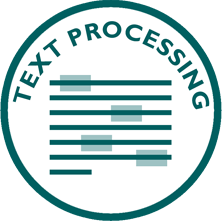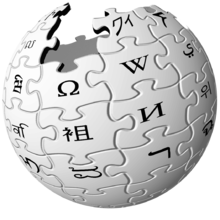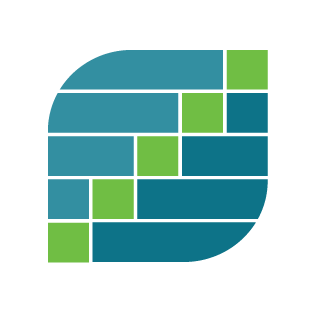Continuing our series of PostgreSQL Data Types today we’re going to introduce some of the PostgreSQL text processing functions.
There’s a very rich set of PostgreSQL functions to process text — you can find them all in the string functions and operators documentation chapter — with functions such as overlay(), substring(), position() or trim(). Or aggregates such as string_agg(). There are also regular expression functions, including the very powerful regexp_split_to_table(). In this article we see practical example putting them in practice.




